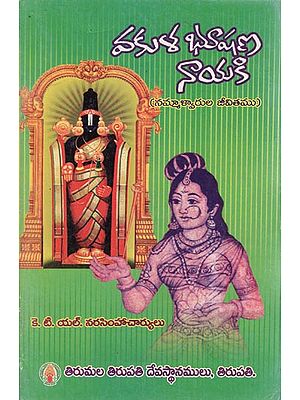

Nammalvar, the greatest of the alvars, composed four works, of which the Tiruvaymoli was the most important. These devotees of Visnu and their counterparts, the devotees of Siva (nayanmar), changed and revitalized Hinduism and their devotional hymns addressed to Visnu are among the earliest bhakti (devotional) texts in any Indian language. Tradition recognizes twelve alvars, saint-poets devoted to Visnu, who lived between the sixth and ninth century in the Tamil-speaking region of South India.

In many ways a companion volume to A K Ramanujan’s acclaimed Speaking of Siva, the eighty-three here are by Nammalvar, the celebrated saint-poet of the ninth century. The hymns of the Tiruviruttam are structured as a conversation, or a series of exchanges between the heroine of the poem and her friends.The poems in this book are some of the earliest about Visnu, one of the Hindu Trinity, also known as Tirumal, the Dark One. The Indologist David Shulman states that the hymns of the Tiruviruttam, "create a poetic or aesthetic world suffused by classical grammar". Secular love for a man by a woman is framed as divine love for God himself in this work. In this regard, the poet Nammalvar's yearning for God expresses itself through a woman's love-tossed heart pining for her omnipotent lover. According to some interpretations, this poem is regarded to take the form of a dramatic sequence, in which a few characters discuss the love of God, which is portrayed as the earthly love between a man and a woman. The Tiruviruttam is framed as a love story that unfolds between an anonymous heroine ( talaivi) and her beloved hero ( talaivan), while friends, fortune tellers, bees, birds, and the poet’s own heart play important supporting roles, acting as messengers, lamenters, and audiences in the style of a story.


 0 kommentar(er)
0 kommentar(er)
